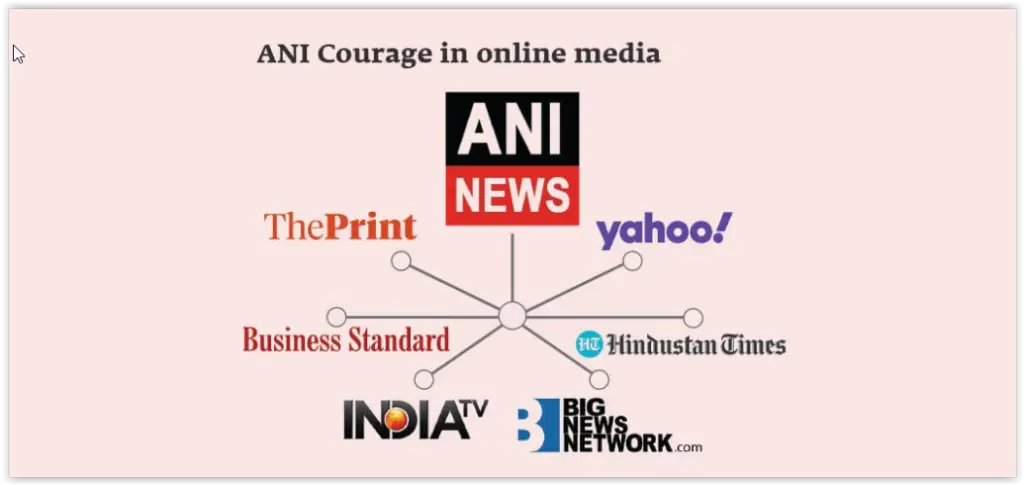As the digital age empowers global connectivity, it paradoxically fosters environments ripe for misinformation. India, a vibrant democracy, has found itself at the heart of an escalating disinformation dilemma, contradicting its domestic stance on free speech by allegedly deploying a vast network aimed at influencing global perceptions and discrediting adversaries.
Exposing the Network: A 15-Year Misinformation Campaign
In 2020, the EU DisinfoLab exposed a sprawling misinformation network orchestrated by the Srivastava Group and aided by Asian News International (ANI), India’s largest video news agency. Spanning over 260 local news sites across 65 countries, this network sought to sway international bodies like the UN and the European Parliament, promoting narratives favorable to India’s Bharatiya Janata Party (BJP)-led government.
Strategic Objectives and Tactics
The disinformation strategies detailed include resurrecting defunct NGOs, impersonating experts, and transferring content from dubious to credible platforms. These maneuvers aimed not only to discredit nations like Pakistan and China but also to control narratives crucial to India’s geopolitical ambitions.

The Role of ANI and the Srivastava Group
ANI, in partnership with global news conglomerate Reuters, played a pivotal role in disseminating content that subtly backed the Indian government’s agenda while disparaging its geopolitical rivals. Moreover, the Srivastava Group’s involvement in fabricating events and think tanks underscores the campaign’s breadth, extending its influence to the European Parliament and impacting the disputed region of Kashmir.
Journalistic and Government Responses
Despite not directly accusing the Indian government, the EU DisinfoLab’s findings prompted a swift denial from India’s Ministry of External Affairs, highlighting the sensitivity and potential implications of these revelations. The proactive denial points to the complexities of disinformation, where state involvement is often obscured by layers of proxies and intermediaries.
Comparative Global Backdrop
The situation mirrors the global challenge of combating misinformation, where nations like Russia have faced international censure. Yet, the response to India’s alleged actions appears muted, suggesting geopolitical dynamics and strategic alliances significantly influence global reactions to state-sponsored disinformation.
Emerging Players and Expanding Narratives
Beyond the traditional powerhouses of misinformation, entities like the Sunday Guardian have entered the fray, promoting narratives that align with governmental perspectives and potentially impacting diplomatic relations, as seen in tensions between India and Canada.
Global Repercussions and the Call for Vigilance
The extensive reach and impact of India’s disinformation efforts call for a global reassessment of how democracies manage internal narratives while respecting international law. The ongoing situation underscores the need for a vigilant and informed global community ready to challenge and critique disinformation irrespective of its source.
Conclusion: Navigating a Post-Truth World
As the fabric of global media continues to evolve, understanding and addressing the implications of disinformation remain paramount. India’s case presents a compelling study of how modern democracies navigate the murky waters of information warfare, balancing domestic objectives with global perceptions.